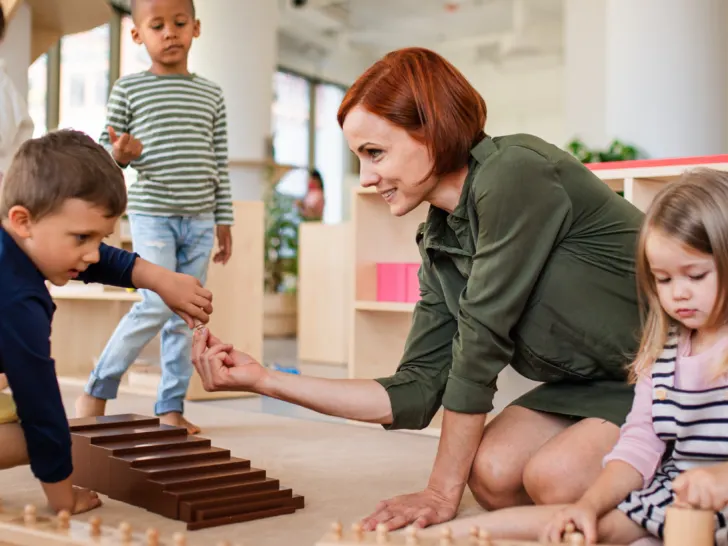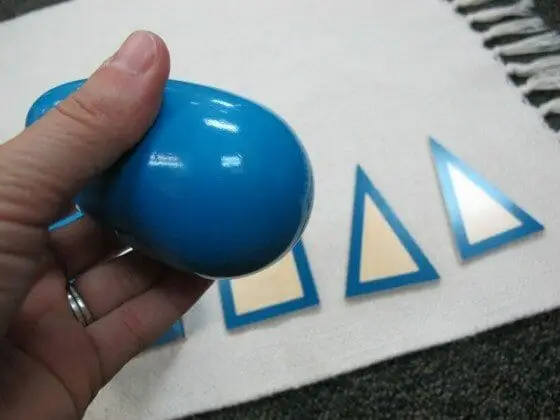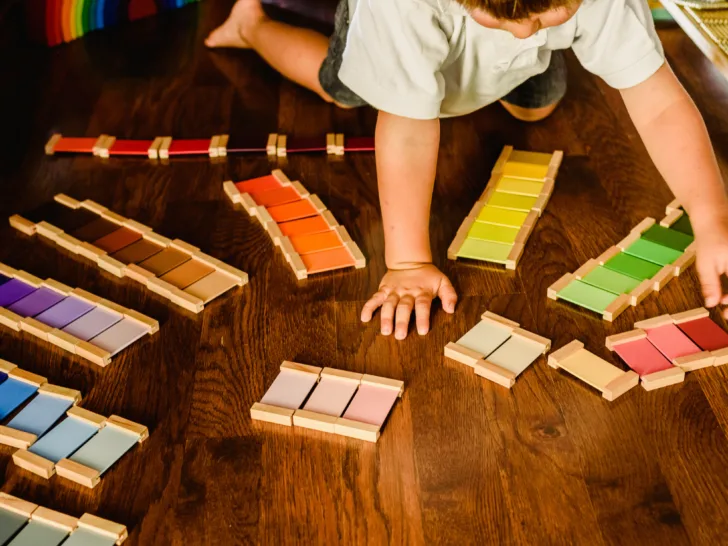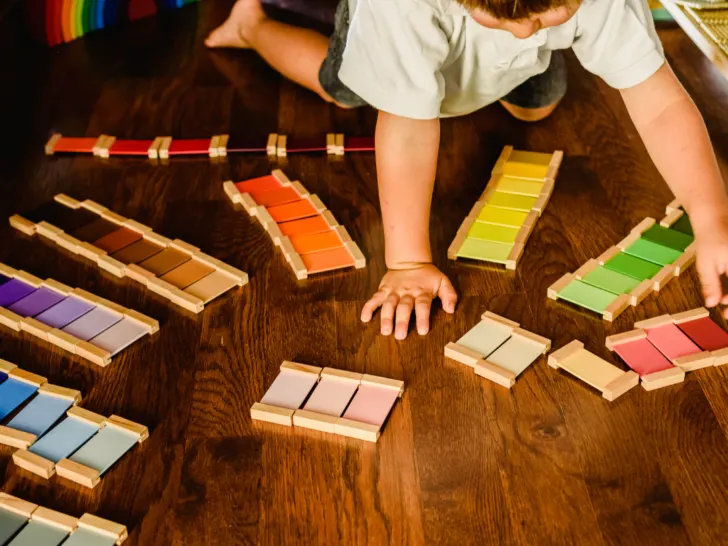[Montessori Theory] Introduction to Absorbent Mind
Are you a parent or teacher looking for new ways to encourage your children’s learning? Or perhaps you are simply looking to understand Montessori theory better. Regardless, understanding the Absorbent …






